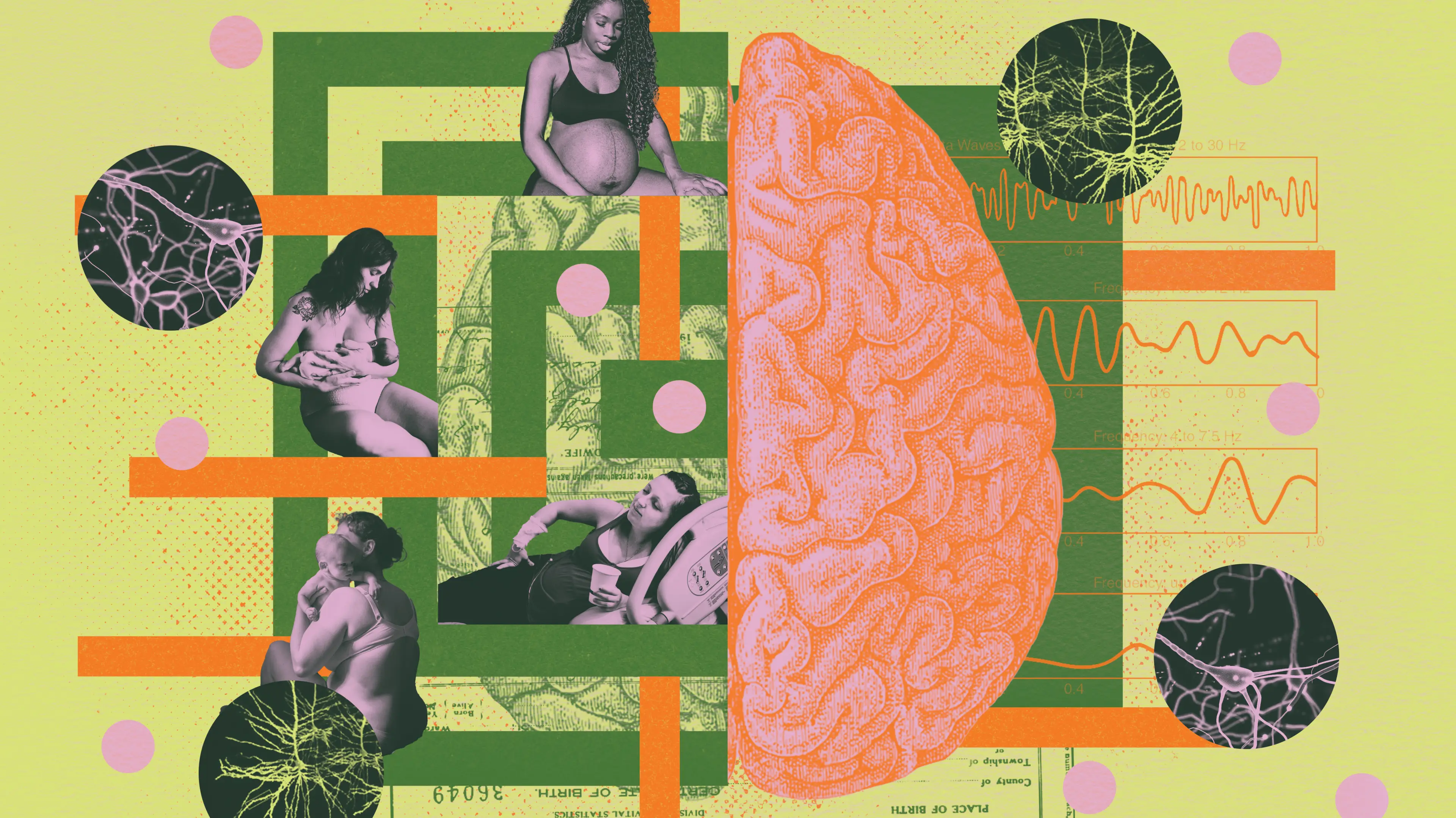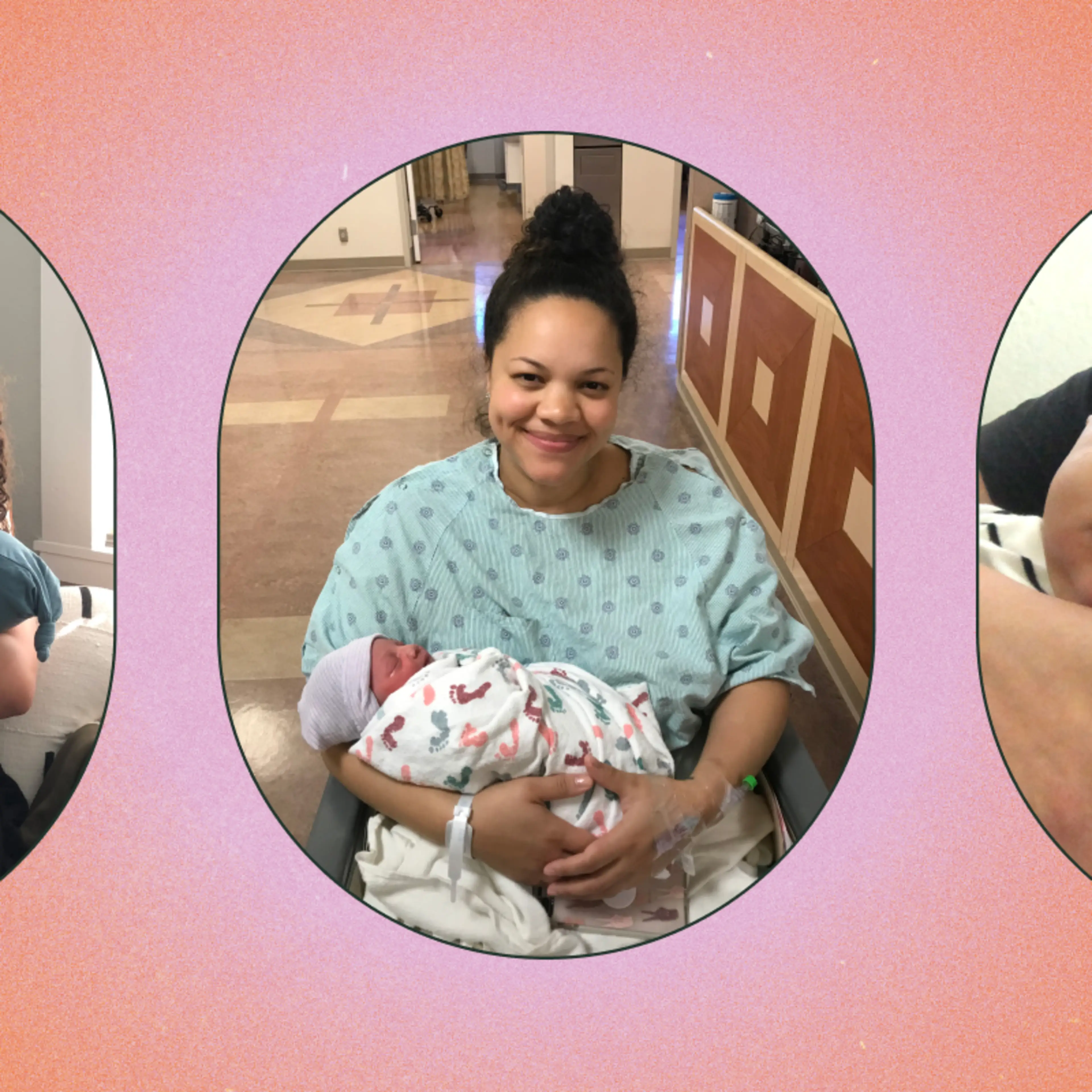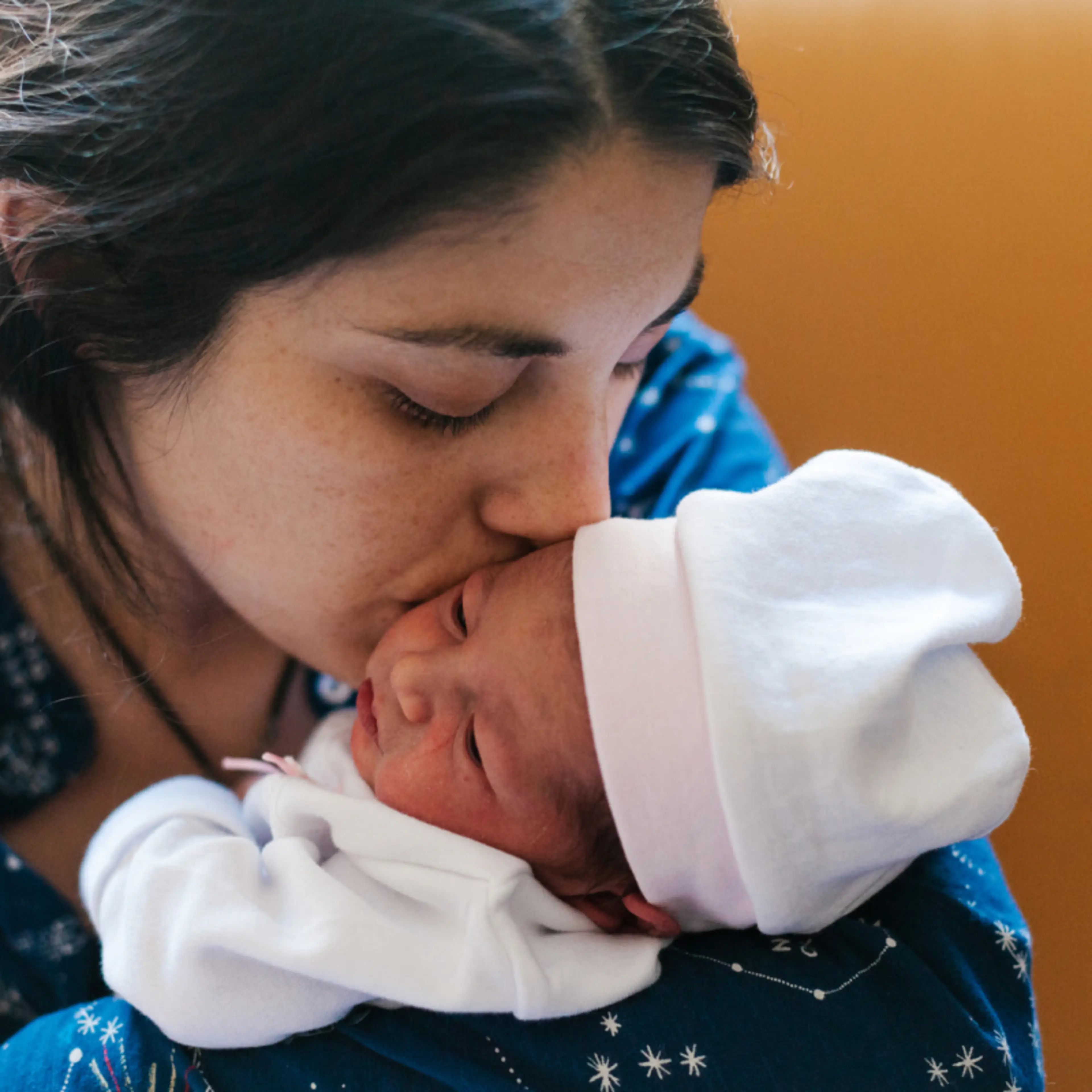Pregnancy undoubtedly leaves its mark. Need confirmation? Look no further than your body, which probably still bears signs of the massive home renovation project that took place to grow a human baby. But most new moms will tell you it’s the inner transformation that really takes you for a ride, and recent research has validated that experience—in the form of brain scans.
Since 2017, scientists have been looking at the brains of women from pre-pregnancy all the way through pregnancy and postpartum, and the findings are astounding. Neuroscientists have consistently found universal changes that occur in women’s brains when carrying and having a child. But one big question remains: what does it all mean?
“There is something about motherhood that just cannot be taught by reading,” says Dr. Susana Carmona, a neuroscientist, leading researcher in this field, and author of the book Neuro Maternal, who also became a mom herself during her years of studying this phenomenon. “For me, it’s been kind of a different language to express feelings that are very strange and very contradictory [in early postpartum].”
We talked with researchers and one very curious health journalist to piece together how these brain changes fit into the larger puzzle of what it means to become a mom.
Brain Changes During Pregnancy and Postpartum
The pioneering research1 of Dr. Carmona first noted that women experienced brain changes in pregnancy and postpartum after looking at the brain scans of 400 first-time mothers in Spain in pre-pregnancy and then again in postpartum. Dr. Magdalena Martinez Garcia, who has worked alongside Dr. Carmona, says their biggest finding is that the brain changes that occur during pregnancy actually rebound during postpartum, but not to pre-pregnancy levels. And, that curve has been shown to be true with each study since. “Our most shocking finding is that the U shape is really pronounced, and it’s really cool that we’ve been able to replicate our findings on different scales.”
To understand the results, let’s walk through a quick brain anatomy refresher. The brain is made up of around 86 billion neurons, mostly residing in the gray matter, says Dr. Laura Pritschet, a neuroscientist and study author of recent research2 that was the first to take brain scans of one woman from pre-pregnancy all the way through postpartum. White matter are the wires that allow the neurons to communicate with each other. The cortex, or the cortical ribbon, is a thin sheet that forms the outer layer of the brain, and plays a role in thoughts and perception. Here are the most significant brain changes scientists have found in those areas.
Gray matter and the cortical ribbon shrink
One of the main changes is a decrease in the volume of gray matter, says Dr. Carmona, as well as decreases in cortical thickness and the height of the cortical ribbon across the majority of the brain. “I know that a decrease may sound like something bad,” she says because usually people associate that with cognitive decline, but that’s not the case. These decreases actually reflect a “fine-tuning of the brain in preparation for parenthood,” says Dr. Pritchet. “I view this as a continued refinement of the brain, where there is a major purpose for these neural changes to prepare you for complex behavior that is necessary” for taking care of a baby.
In fact, Dr. Carmona says one of the big findings in her original study was that the greater the reductions in gray matter they saw in a woman’s brain, the higher those moms scored on maternal attachment scales, meaning they felt more connected to their babies.
White matter and cerebral spinal fluid increase
At the same time, there are increases to the white matter microstructure, the area that allows neurons to communicate, as well as the volume of cerebrospinal fluid, says Dr. Pritchet. “It’s this beautiful ebb and flow of certain structures of the brain changing,” she says.
All of those changes combined are laying the groundwork for neuroplasticity, says Dr. Carmona, which is your brain's way of adapting and restructuring in response to new experiences—something that’s vital as a new parent.
Attention and sensory parts of the brain are most impacted
Dr. Pritschet also studied which areas of the brain were affected most. It turns out the attention and sensory regions experienced the greatest changes, which could explain the tendency towards feeling like your memory and emotions are just different postpartum, says Dr. Pritschet.
These changes may last a long time, like forever
In more recent studies3 , Drs. Carmona and Garcia Martinez have looked at how long these changes stick around. The result? Many of the brain changes continued for years postpartum, leading researchers to believe that some may be lifelong. Basically, you never stop being a mom.
What Do These Changes Mean?
Obviously, big things are happening in the brain when you become a mom, but scientists can’t say just yet what all of these brain changes actually mean for the people going through it. They do have a theory, though, and it’s largely based on mouse studies.4
In mice, researchers can see in detail how the brain structure changes during pregnancy and birth. “We do know that there is actual remodeling in the neural circuits in the brain that makes the pups super relevant to the mother, and then motivates the mother to interact with them, and then she goes into constant monitoring mode,” says Dr. Carmona. “It’s a very significant change in behavior and very obvious in animals.”
Humans don’t have that “switch” that turns on, says Dr. Garcia Martinez. “We are more about nuances and we have intention, which other animals do not have during motherhood. That’s very important because maternal behavior will always be modulated by your past experiences.”
So, for human moms, the theory is that the brain adapts in such a way to allow you to take in lots of information quickly—like your baby’s cues or potential dangers in any given situation—and then make snap decisions on the job. It gives you the ability to learn how to be the best caregiver for your baby.
“The reality is our caregiving, our capacity for caregiving, grows out the brains we already have,” says Chelsea Conaboy, a health journalist, mom to two kids, and author of the book Mother Brain. “It’s not some extra snap-on LEGO for maternal instinct, we don’t have ready-made circuitry that turns us into mothers.”
For Conaboy, that knowledge released her from the guilt and anxiety she felt in early motherhood when everything felt hard and things weren’t snapping into place immediately. “The narrative that we have this rush of oxytocin and we fall in love with our babies instantly, and we are made into a mother who knows what to do—it’s a lie,” she says. “Which is not to say that oxytocin doesn’t do important things—it does—but I find a lot more truth and power in the idea that this is something we grow into, we grow into our babies.”
And here’s the kicker: biology doesn’t discriminate. While birthing parents go through unique changes during pregnancy and labor, research has found 5 that partners experience a similar remodeling of the brain that helps them learn how to parent on the fly, too.












